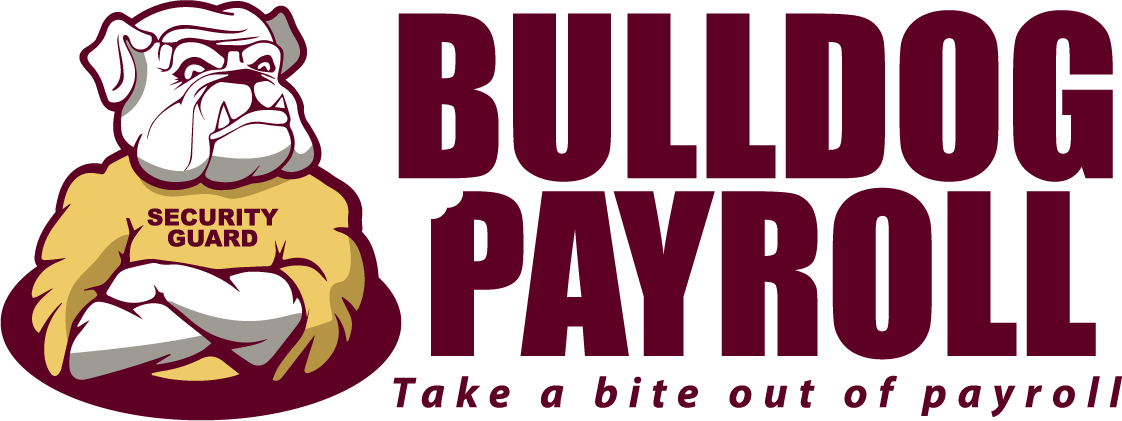The Risk of Running Your Own Payroll
Running payroll manually can lead to problems such as wage complaints and lawsuits, fines, dissatisfied employees, etc. Payroll isn't just about compensating your employees, it's also about adhering to payroll laws and securing payroll data. Failure to comply with payroll laws can hurt your company and cost you money. You can avoid costly mistakes by automating or choosing the right payroll service.
Most Common Payroll Risks
Here are the risks involved when running your own payroll:
Ghost Employees
One risk for not automating your payroll is paying ghost employees. These types of employees get paid without working. They could be real people that don't know they are on a company's payroll, false identities made up by another employee or real people who either already left the company or who have died.
One of the ways to avoid ghost employees is by using biometrics for recording and tracking attendance. Doing performance reviews also ensures that there are no fictitious or real persons that are not supposed to be paid. Working with a payroll service provider also helps.
Buddy Punching
Businesses lose money from buddy punching, an unethical practice where an employee clocks in for another employee. A typical scenario is when an employee is running late for work but plans to still qualify for the attendance bonus. So he asks a colleague to clock him in so that he gets paid for the number of hours he's not in the office and also gets the incentive.
Buddy punching can cost you businesses a lot of money in the long run when not addressed. Using time tracking software or creating a firm policy for time theft can help prevent this problem. Hiring payroll professionals trained to eliminate payroll issues also helps.
Hour Padding
Any action that leads to inaccurate reporting on time worked is considered hour padding. It's when employees may put down exaggerated work hours and get paid for them. This can happen when you don't automate your payroll — employees may round up their time to the nearest hour to get paid. You will lose money in the long run if not resolved.
Lack of Security
A breach in your payroll systems will not only cost you money but can also lead to fraud or hurt your company. In some cases, it may lead to the loss of employee trust. Your payroll system needs security to ensure your employees' information is safe and you don't lose money.
Incorrect Classification
The IRS collects a portion of employees' salaries to cover income taxes. You could end up paying more for taxes when you incorrectly classify contractors as your employees. Contractors are responsible for paying their taxes, not the company that hired them. You can avoid incorrect classification of employees by automating your payroll or outsourcing payroll.
No Compliance Focus
You can avoid legal disputes and fines by making sure you adhere to payroll laws. While it's best to keep up with the laws, working with payroll professionals can save you the hassle of researching on employer/employee laws or payroll benefits.
Is payroll a thorn in your side? Let us handle all the stress related to payroll so you don't have to...
Payroll Controls You Can Implement Today
Consider these changes if you are still doing payroll in-house. These payroll controls can help you streamline payroll processes and protect your business.
Audits, change logs, segregation of duties - Don't just assign one person to do everything. You should have someone who prepares the payroll, another person to do authorization, and another to take care of payments. It's also best to hire an auditor who can look at your books to ensure you're not making any mistakes.
Check payment controls - Use a separate checking account for paying employees who left the company. Always update your records to avoid payroll fraud and other miscalculations.
Calculation controls - Apart from the auditor, have someone else look at the entire payroll for review. Provide this person with information on the hours worked, deductions, taxes, pay rates, and other employee benefits.
Regular variance analysis - A payroll variance report can help HR managers review any potential variances in the actual compensation of employees compared to the payroll budget. If there are significant changes, make sure you do a thorough investigation to avoid payroll issues.
Should You Manage Your Own Payroll or Outsource
Payroll mistakes can get your business into trouble or you may end up losing employees. While there's nothing wrong with managing your own payroll, there are just some risks involved. Here are two options for running a payroll: DIY or DIY + Payroll Software. Check the comparisons to help you decide which to implement.
DIY Payroll
Without a software, this means you will have to do everything from creating the spreadsheet to manually entering employee information.
Time - DIY is the most cost-effective option but it takes a lot of time. You will have to add employee hours and calculate taxes.
Knowledge - You will need to familiarize yourself with the laws, especially on the tax codes and benefits procedure. Find out about 401k contributions, overtime pay or bonuses.
Money - The biggest advantage is that it won't cost you a lot of money to DIY your payroll. Consider this only when you have just started and you only have a few employees.
DIY Payroll + Payroll software
A payroll software can help you record time logged and manage the accounting better. However, this may cost you a fee per employee.
Time - While you still need to manually enter and check the information, the software can automate most of the difficult tasks.
Knowledge - Some vendors may provide support to ensure their clients stay with them. Ask for a demo to help you in using the software efficiently.
Money - Check for the features you're getting with the software, how much payroll services costs, the support you'll get, and the terms of service. This should help you determine if it's a good idea to invest in the software.
Stay Efficient With Your Payroll
To help you make an informed decision, carefully weigh the benefits of outsourcing your payroll over doing it all on your own. If you want to avoid the risks associated with manual payroll, get in touch with us so we can provide you with the best solutions.
Are you looking for more payroll processing information? Check out our
Ultimate Guide to Payroll Processing.
Is payroll a thorn in your side? Let us handle all the stress related to payroll so you don't have to...










